BIOL 1030 / Topic 12: Plant Control Systems & Behaviour
1/31
There's no tags or description
Looks like no tags are added yet.
Name | Mastery | Learn | Test | Matching | Spaced |
|---|
No study sessions yet.
32 Terms
How produced are plant hormones, and what do they affect? Where do plant hormones travel through?
Molecules produced in low concentrations, having profound effects on growth and development. Hormones travel majorly through phloem and minorly through xylem.
What are the five primary plant hormones?
Auxin, cytokinins, gibberellins, abscisic acid, and ethylene.
What is the major function of auxin? How about its other functions?
Functions for growth via cell elongation, determination of pattern of leaf primordia, and promotion of lateral roots.
Where is auxin produced?
Majorly in SAM, minorly in RAM.
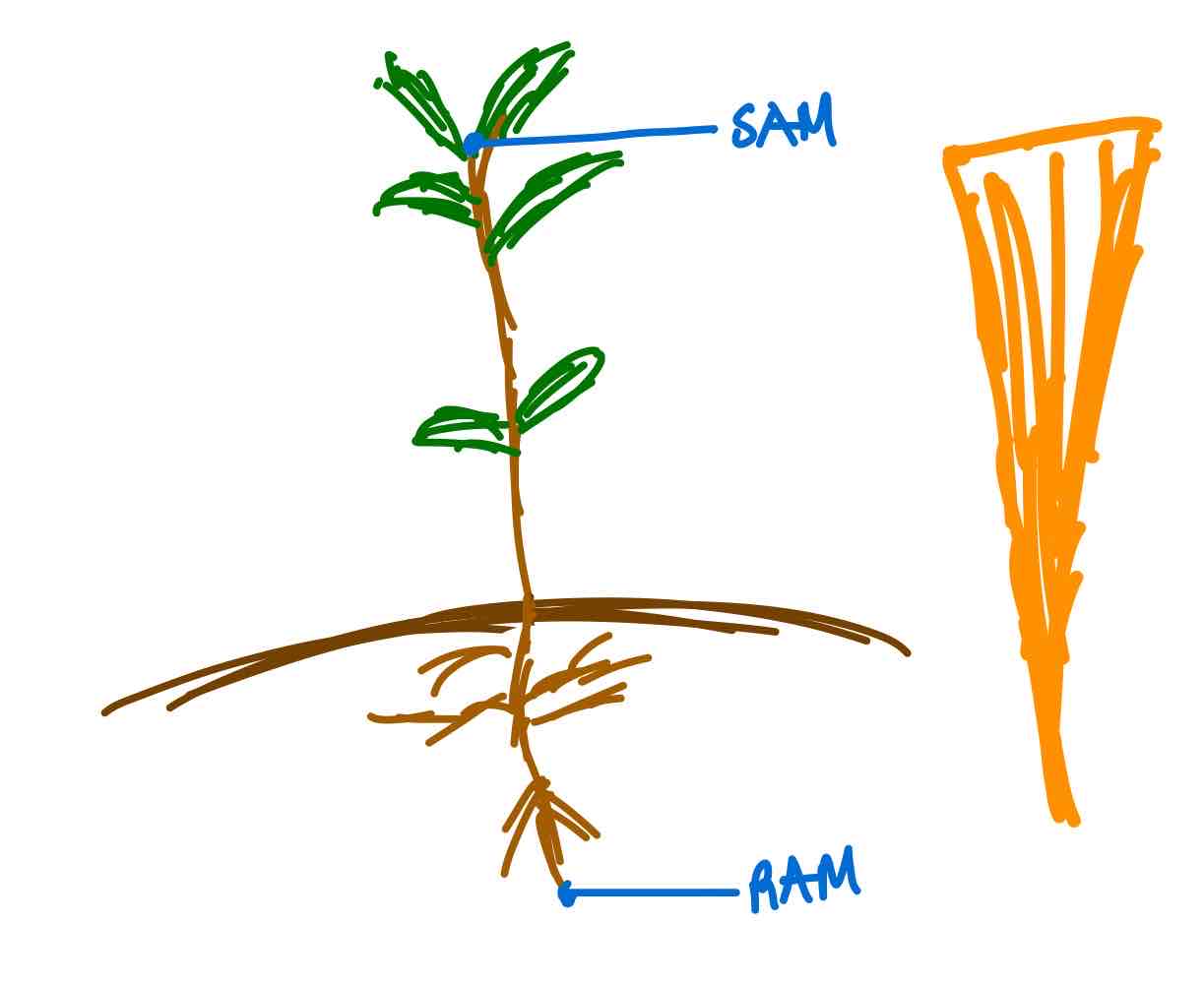
Explain the process of subsequent cell elongation after auxin production.
Protons pump out protons into space between cell membrane and cell wall, acidifying the cell wall.
Reduced pH activates expansin proteins, separating cell wall fibres from cell wall polyssacharides.
Wall enzymes cleave off the polysaccharides.
Cell wall loosens.
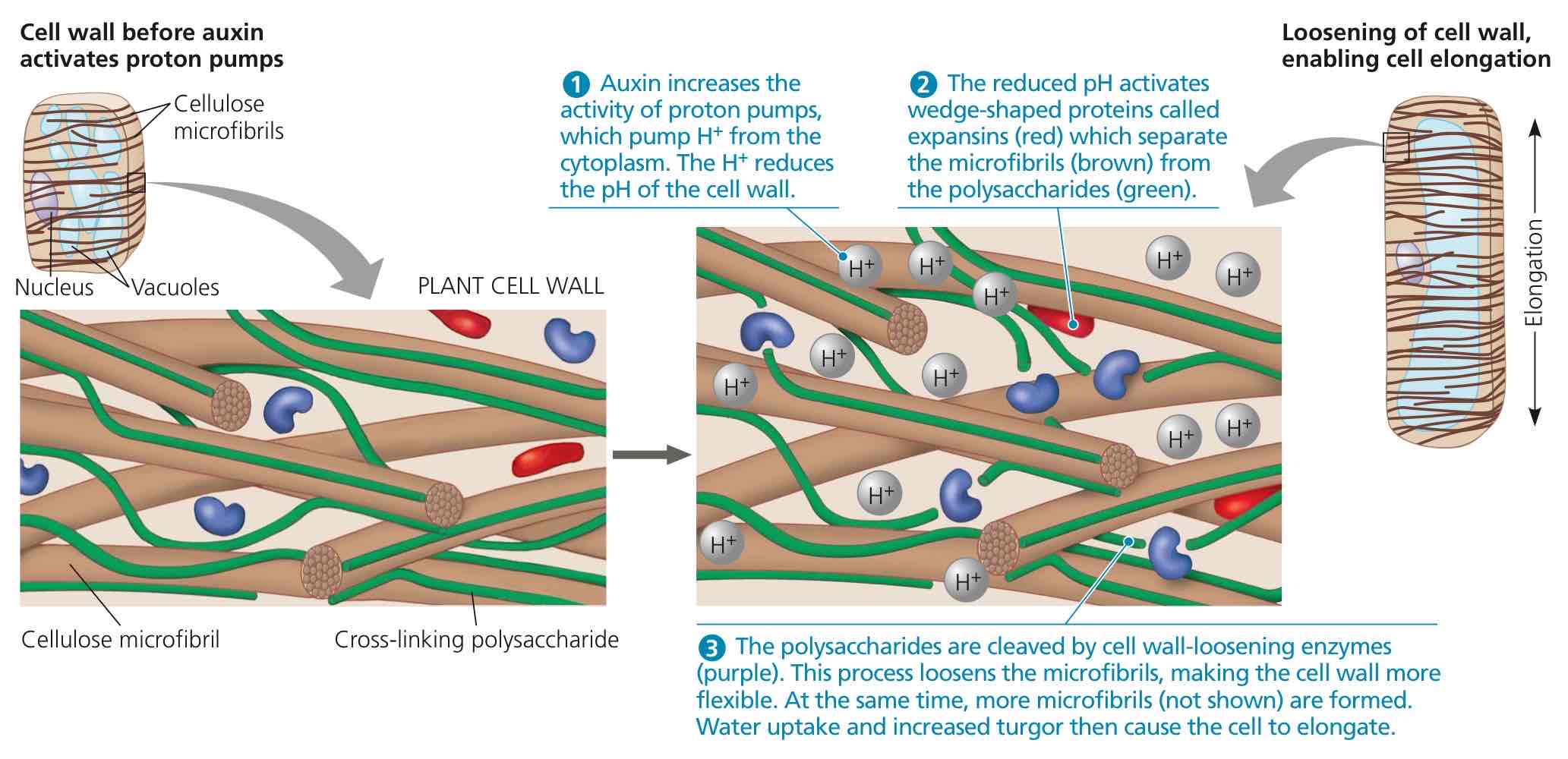
What controls activation of proton pumps?
Auxin is received by a membrane receptor → Signal transduction pathway → Response: production of proton pumps
What is phototropism?
The bending of a stem to get closer to the light.
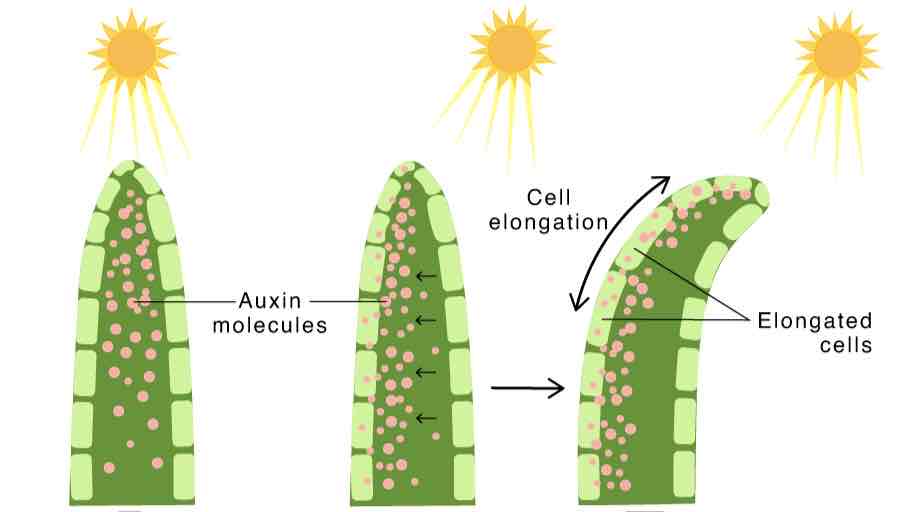
How does phototropism work?
When one side of the plants are not equally exposed to sunlight compared to the sunny side, auxin will redistribute itself to go to the shadier side to increase the rate of elongation to the shady side only, causing a “bending” of sort. The rate of elongation on the shady side will be faster than the rate of elongation than the sunny side.
Where is phototropism seen mostly? Why?
In small herbaceous plants. It doesn’t have the thickness and rigidity of byproducts of secondary growth.
Is phototropism a positive growth process or negative growth porcess?
It is always positive - going towards something.
What is gavitropism?
Plant’s bending in response to gravity.
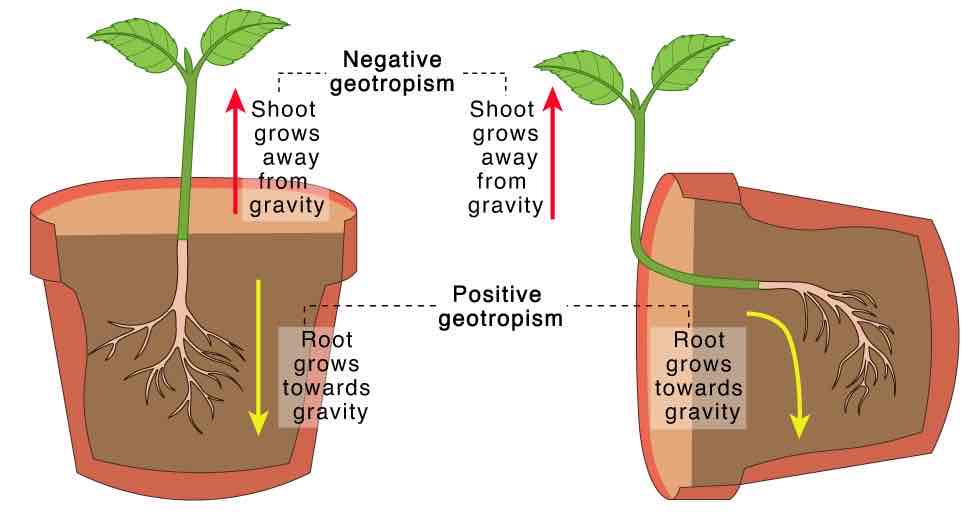
How does gavitropism work in roots?
If you place a plant horizontally, then you get dense starch granules in the root cap (called statoliths) to settle on the lower side of the cell. This “settling” is detected and auxin is transported to the lower side. The rate of elongation on the lower side will be faster than the rate of elongation than the upper side, causing the root to bend.
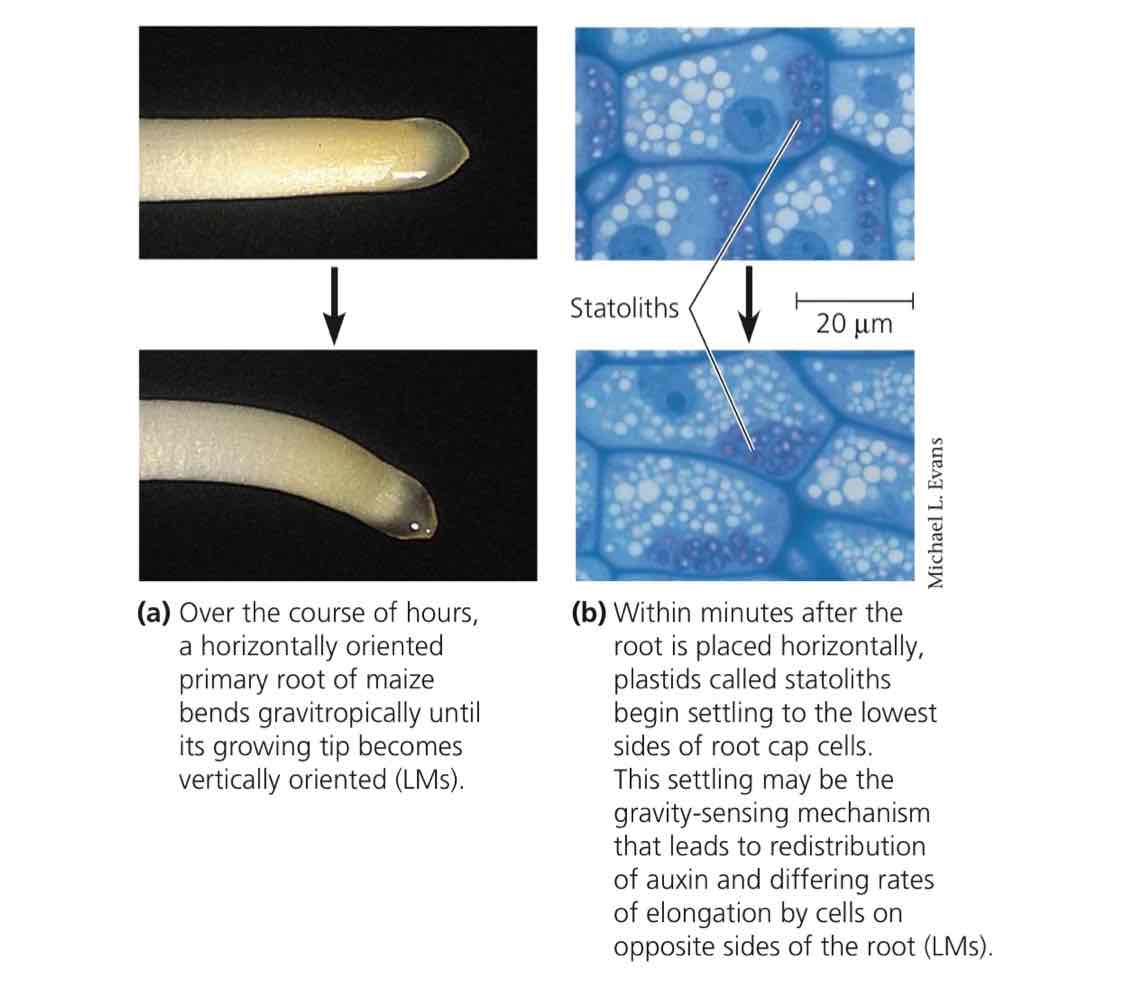
How does gavitropism work in shoots?
If you place a plant horizontally, then auxin will redistribute itself to the bottom of the shoot to elongate towards the light.
Is gaivtropism a positive growth process or negative growth prcoess?
It can be both positive (for roots, towards direction of gravity) and negative (for shoots, away from direction of gravity).
What is the function of cytokinins? Where are they produced?
Initiation of cell division in both meristems, produced in RAM, the embryonic radicle, and fruits.
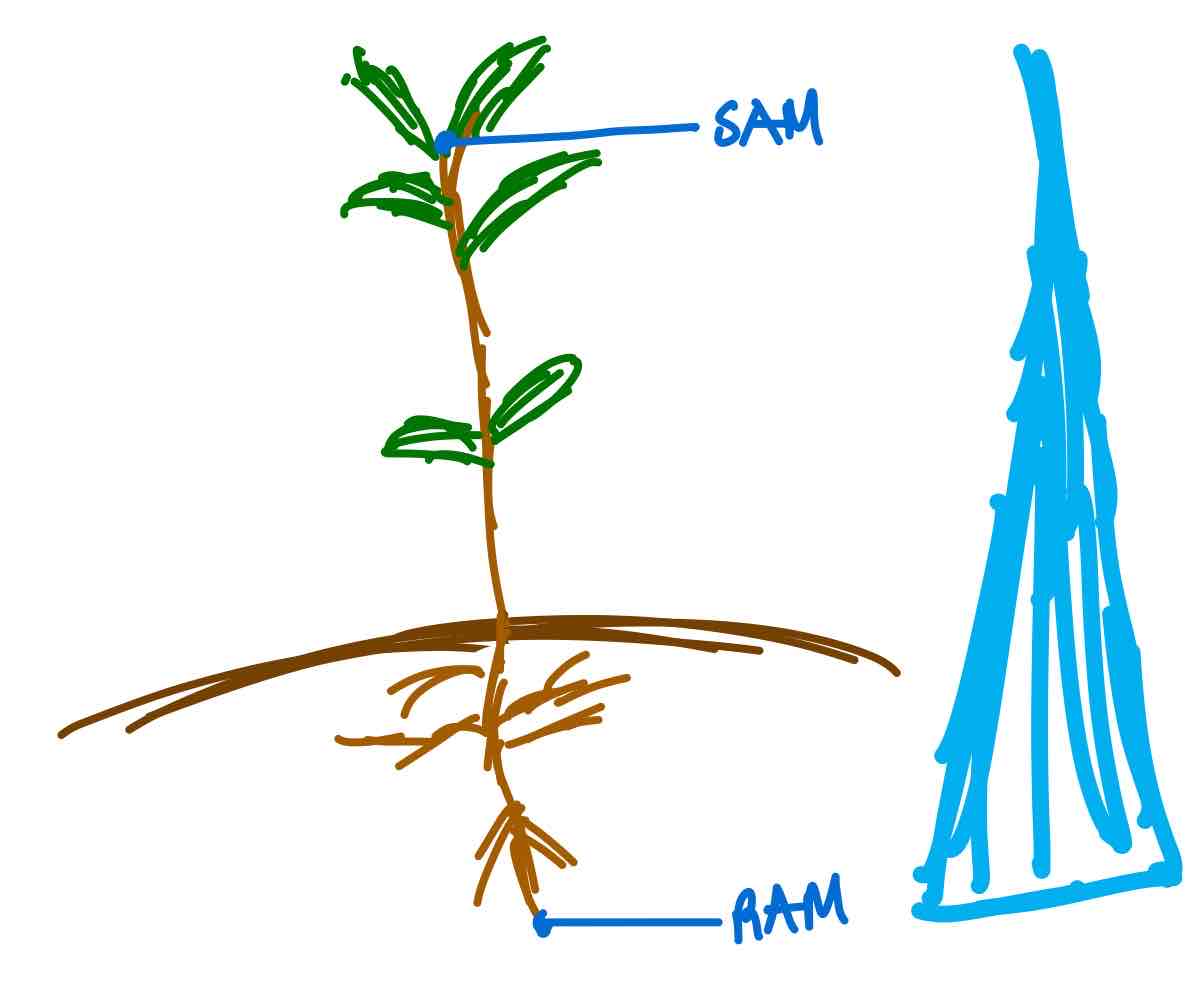
What part of the cell cycle does a cytokinin stimulate?
Cytokinesis.
What is the function of gibberellins? Where are they found?
Initiation of cell elongation, paving way for fruit development, seed germination and subsequent elongation. Found in seeds, fruits, young roots, and young shoots.
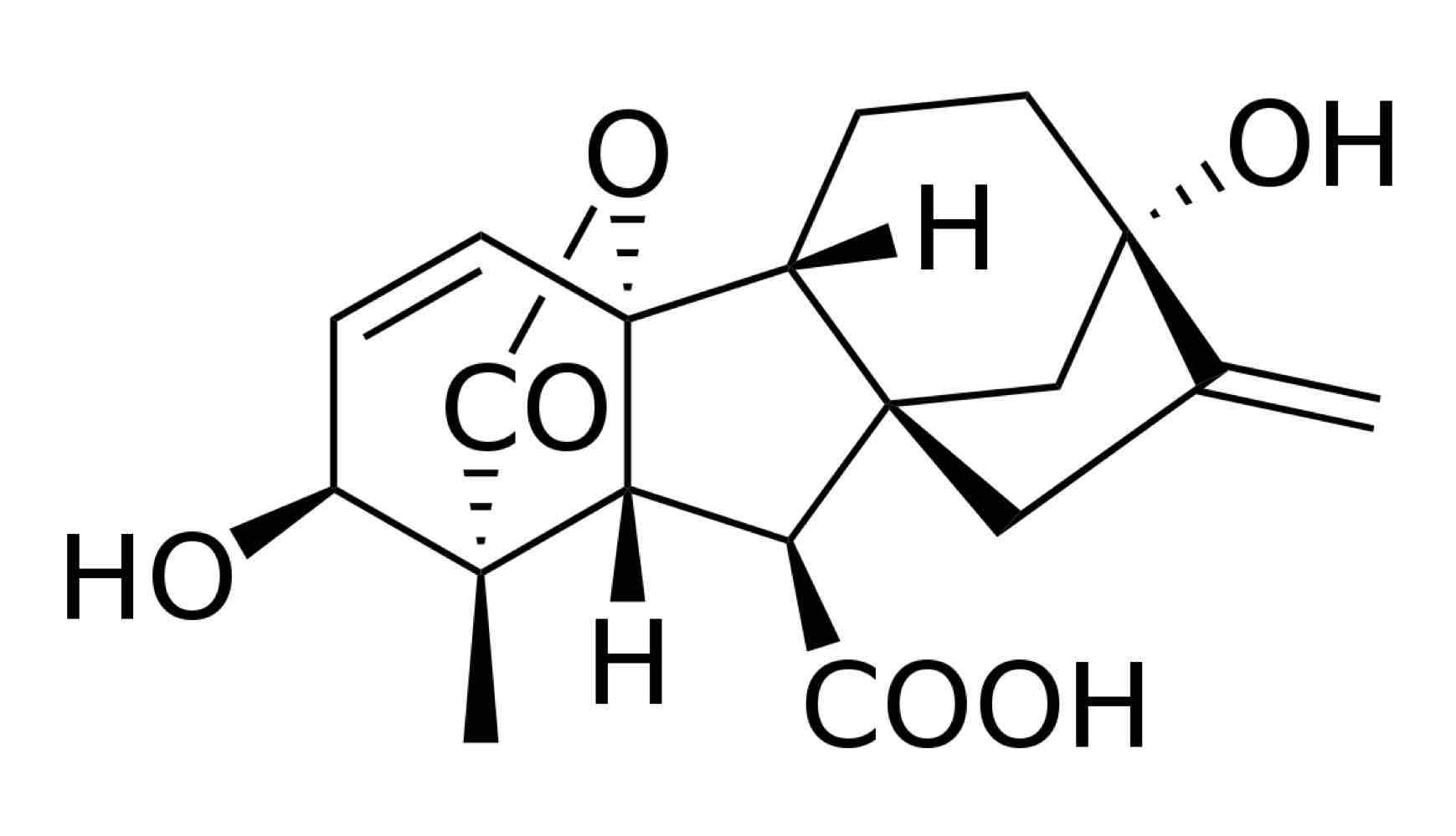
Auxin and gibberellins initiate cell elongation, but what are the two ways in which they differ?
Gibberellins don’t elongate cells the same way auxin does, and gibberellins are only made for fruit development and germination.
How does gibberellin work in regards to germination?
Water comes in, triggers production and release of gibberellins produced by embryo, and germination occurs.
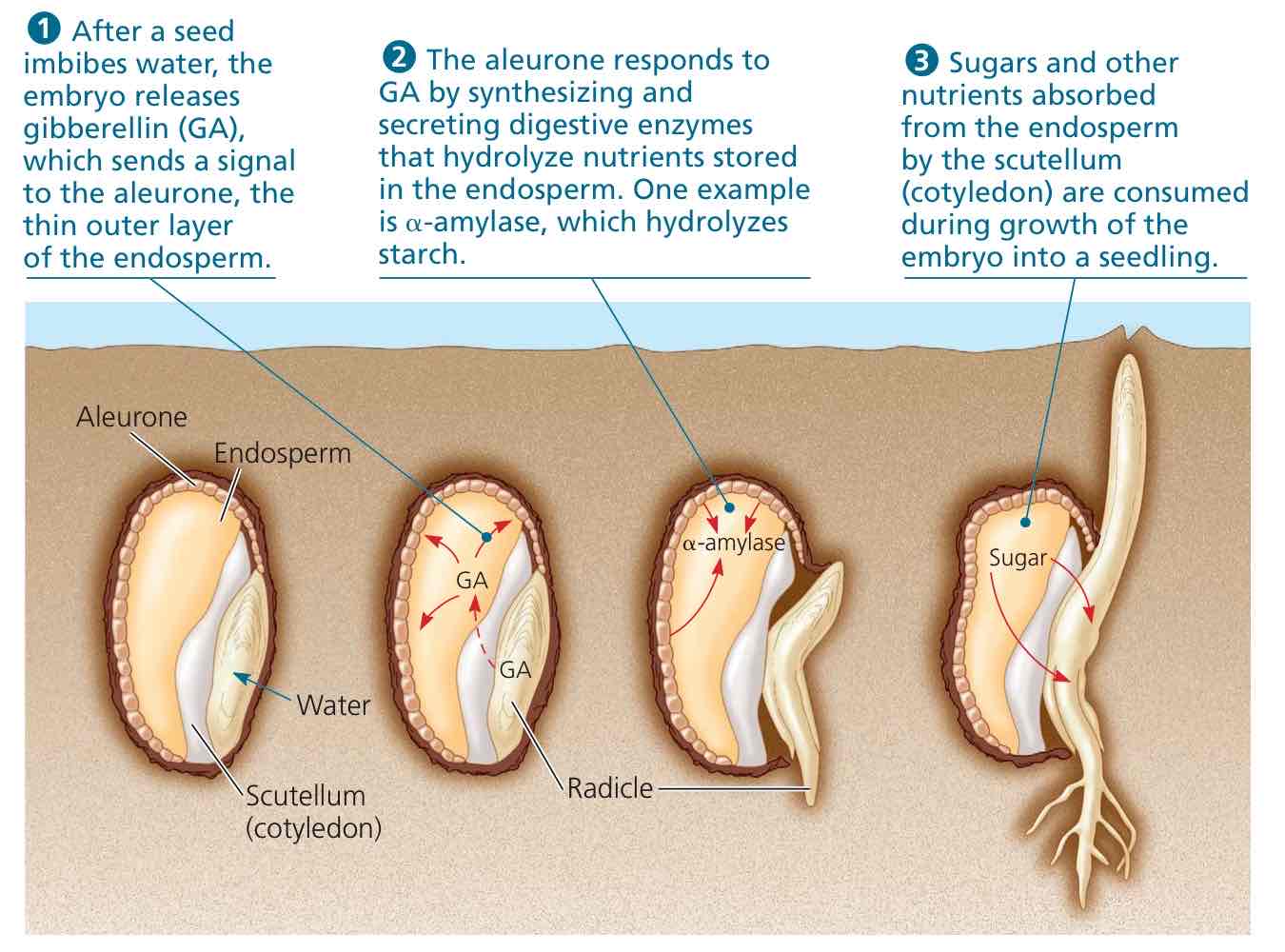
What is the function of abscisic acid? Where is it found?
Initiation of the reduction of growth rate, maintenance of seed dormancy, and tolerance to drought via closure of stomata.
Found in generally all plant cells.
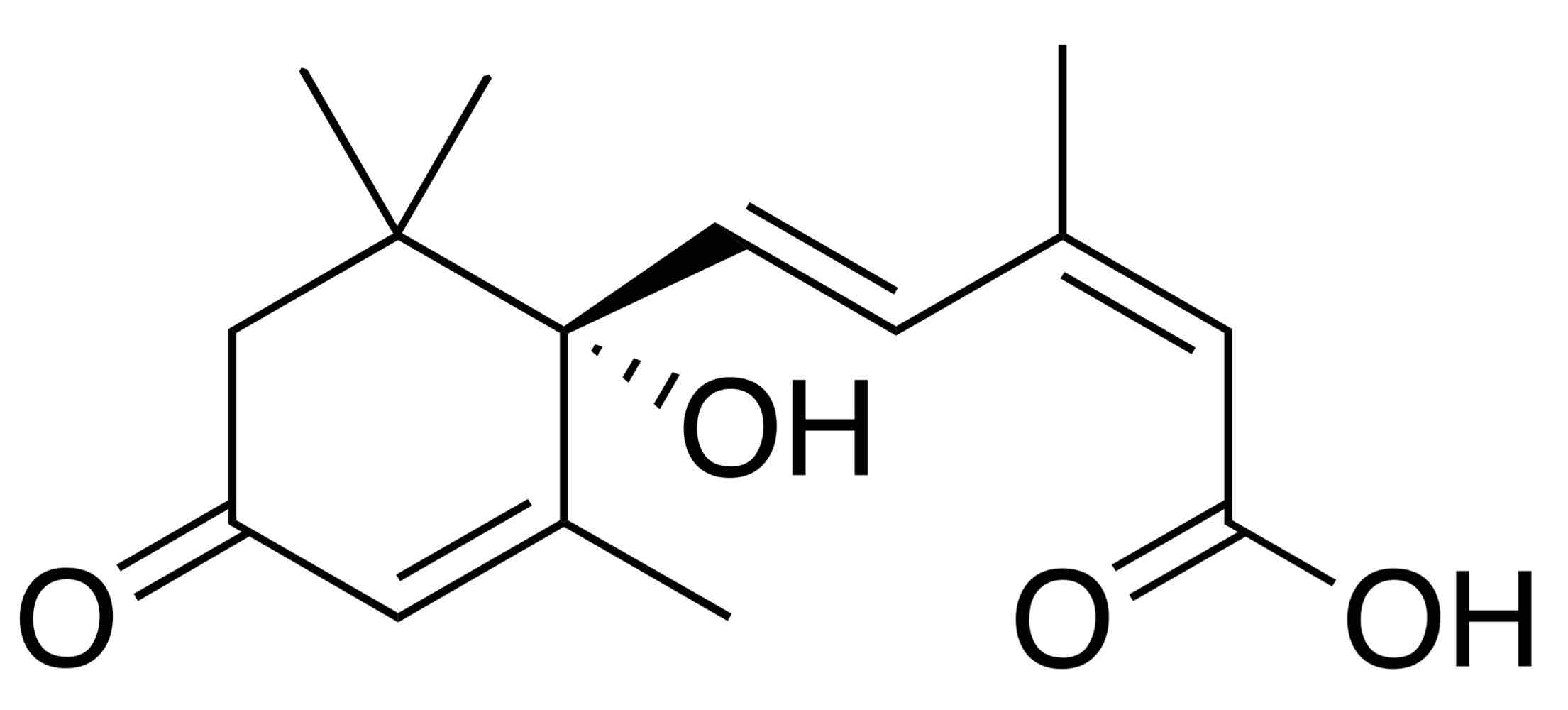
What is the function of ethylene? Where is it found?
To trigger a response to stress, typically programmed cell death. The production of ethylene is induced by auxin. Found in fruits or leaves.
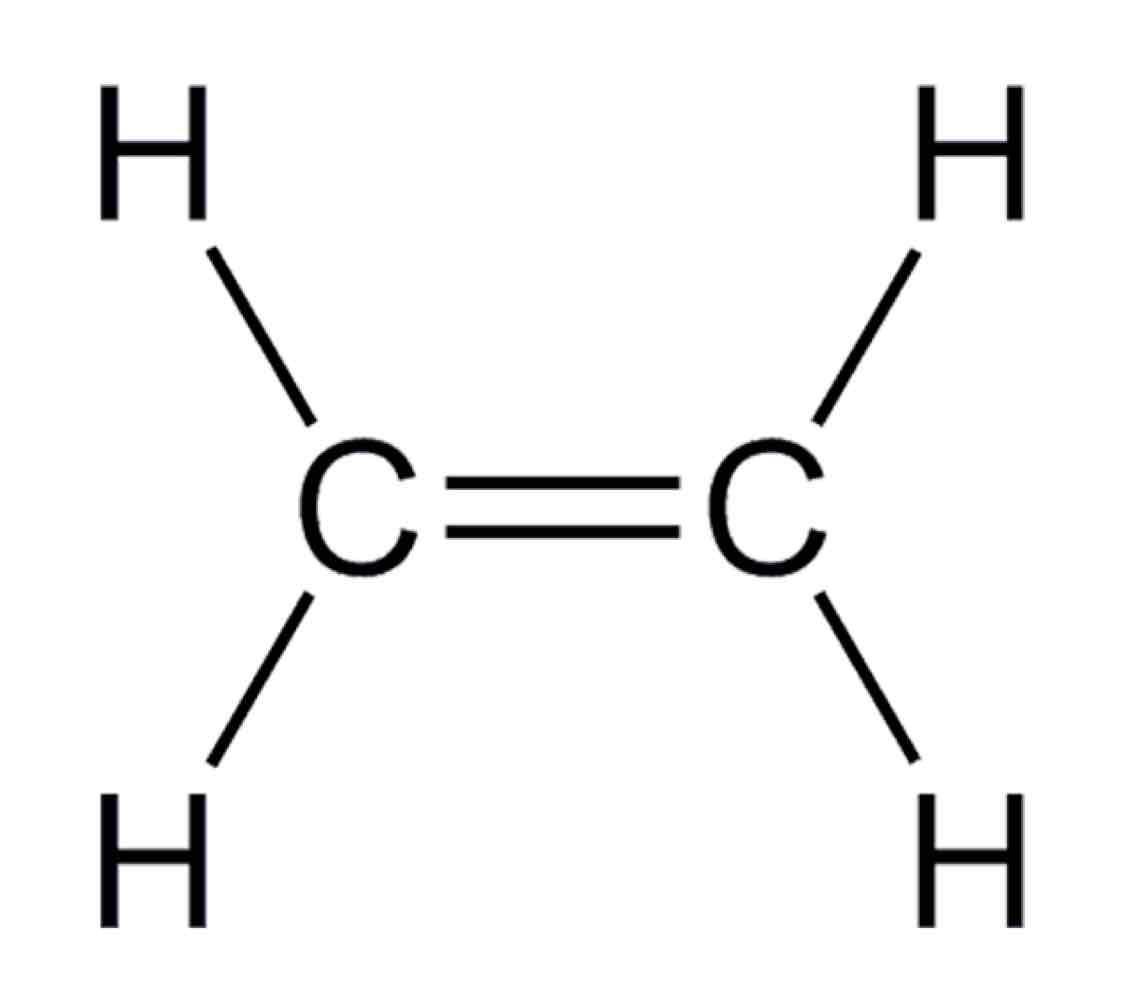
What stresses does ethylene respond to?
Drought, physical pressure, injury.
If ethylene is produced in fruit, what occurs?
Accumulation of sugars and subsequent oxidization of sugars, causing fruit ripening.
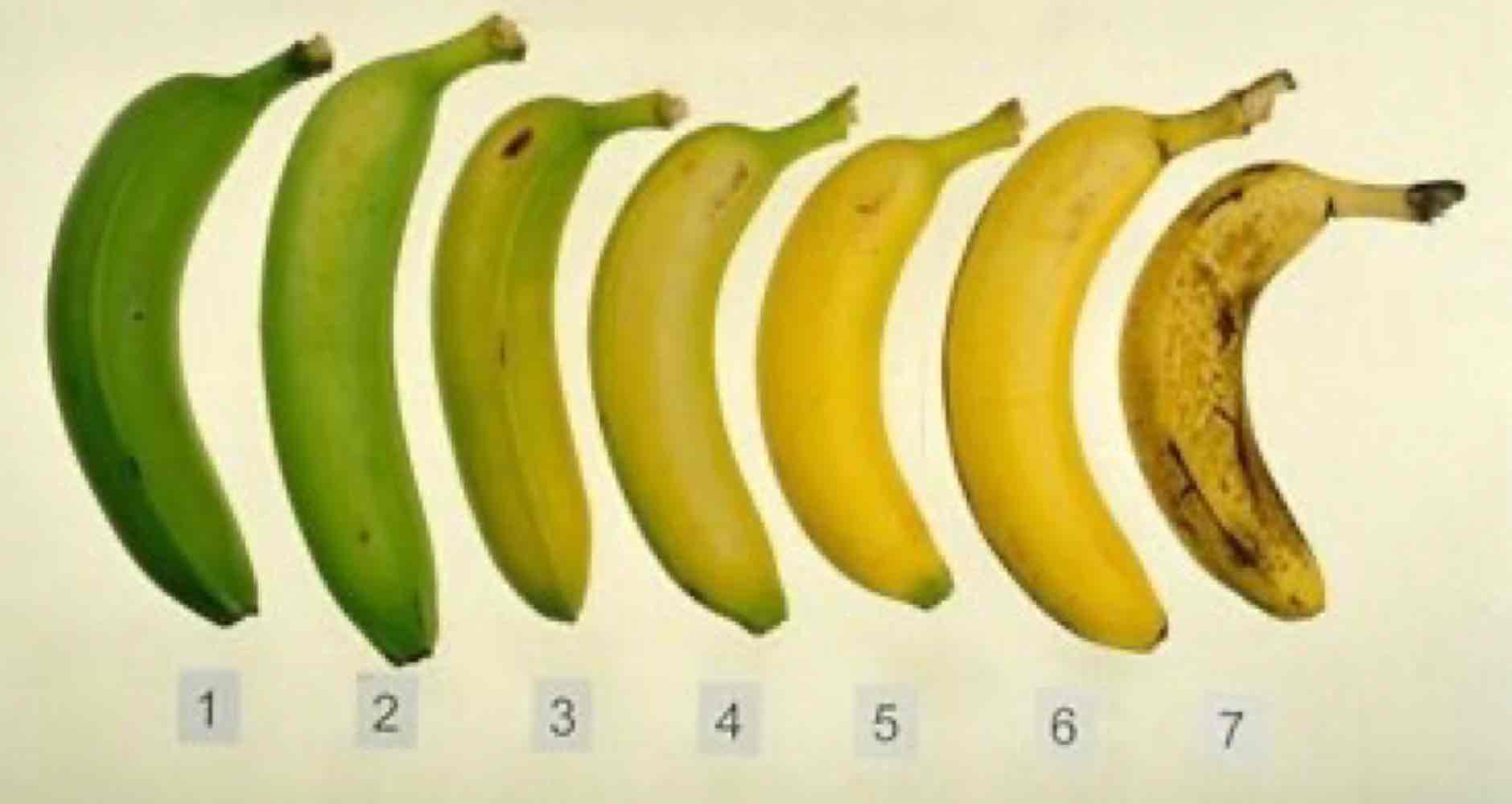
What is triple response? Explain the process.
The response to an obstacle.
Ethylene production, slowing down stem elongation.
Thickening of the stem.
Lateral growth around obstacle.
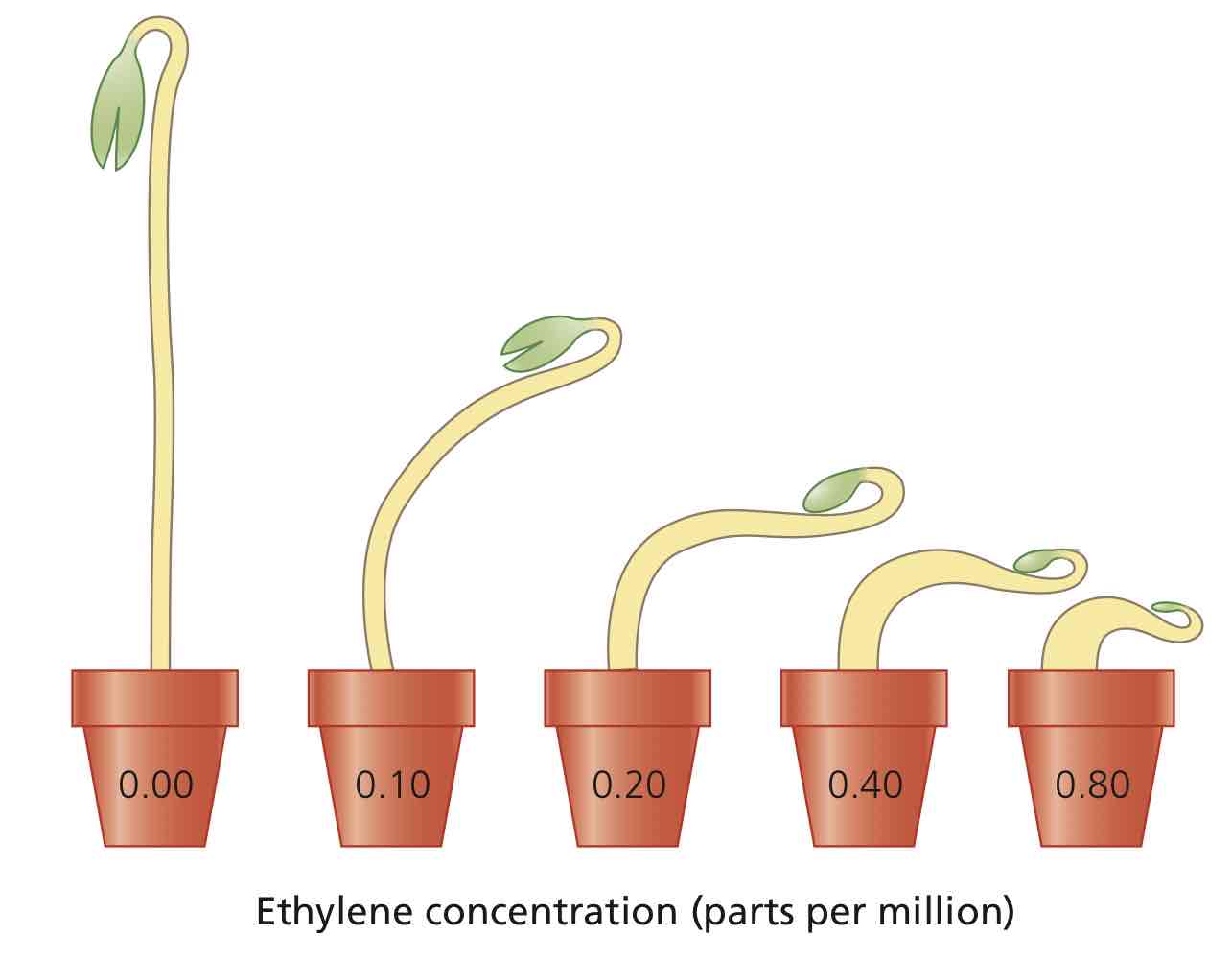
What is senescence? Explain the process.
The response to autumn, i.e. abscission or cutting off of a leaf in the autumn season.
Any ions and sugars in leaf will be evacuated and stored into stem.
Ethylene then gets produced in petiole to kill leaf. Auxin is then reduced in order to reduce cell elongation and subsequent differentiation.
Cork cells are then made to protect the living, exposed stem tissue - the leaf scar.
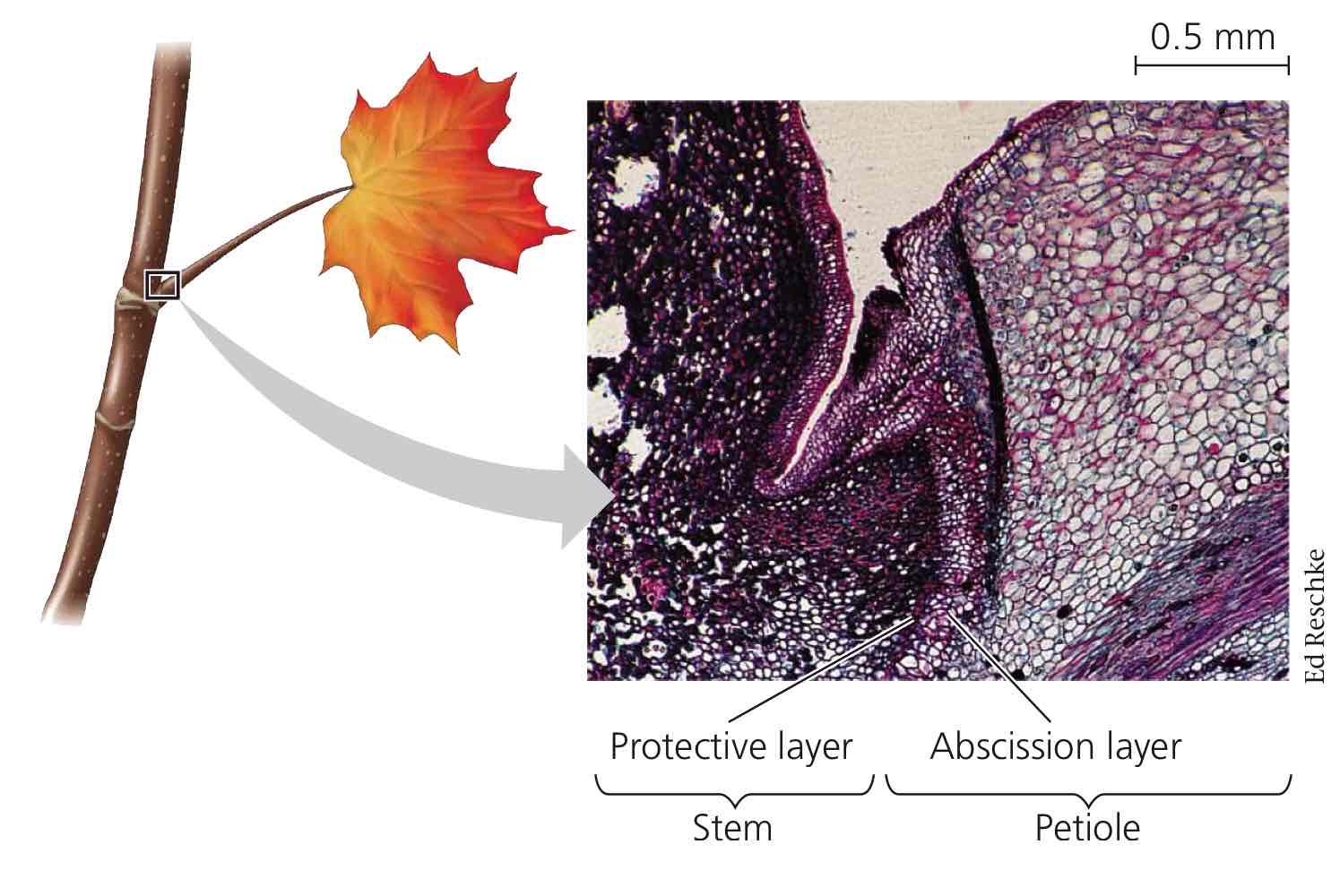
What are examples of external signals?
Environmental cues, such as pH, light, etc.
What are examples of internal signals?
Hormones acting as growth regulators, such as auxin, cytokinin, gibberellins, abscisic acid, and ethylene.
What is the usual signalling pathway of a cell?
Reception, transduction, then response.
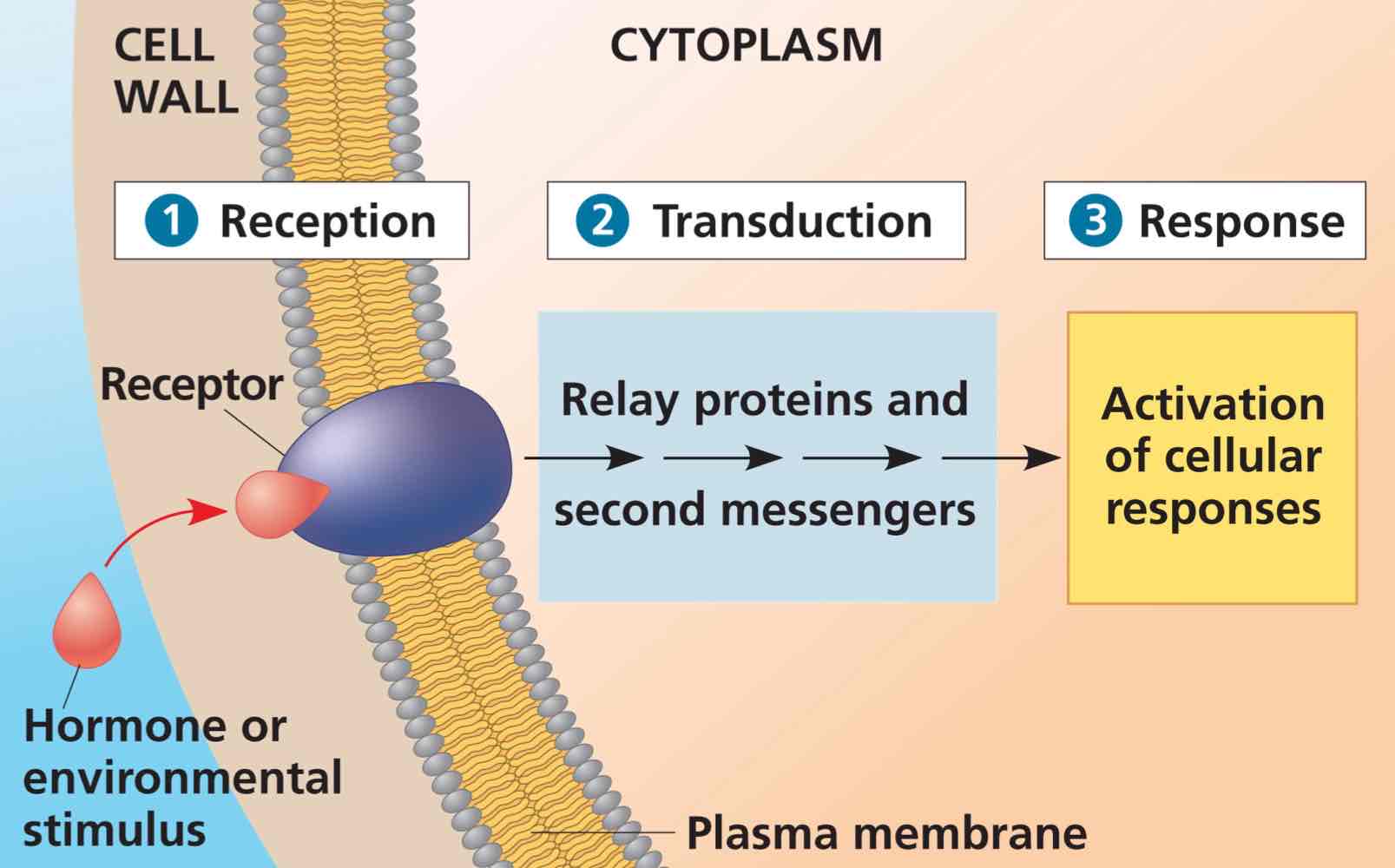
What is etiolation?
Energy allocation for growth in the dark without reliance on light.
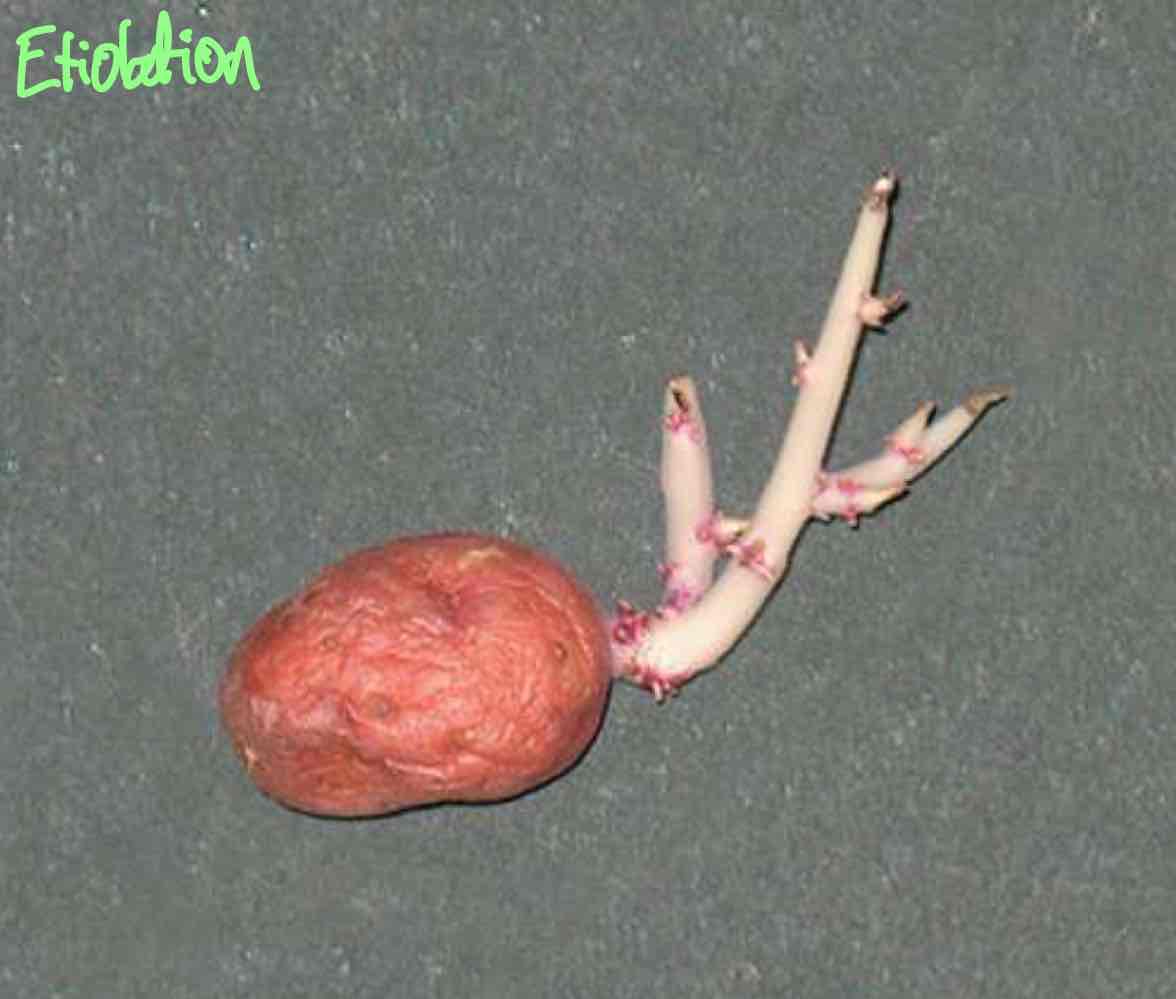
What is de-etiolation?
Energy allocation to green the growth after the growth by during etiolation.
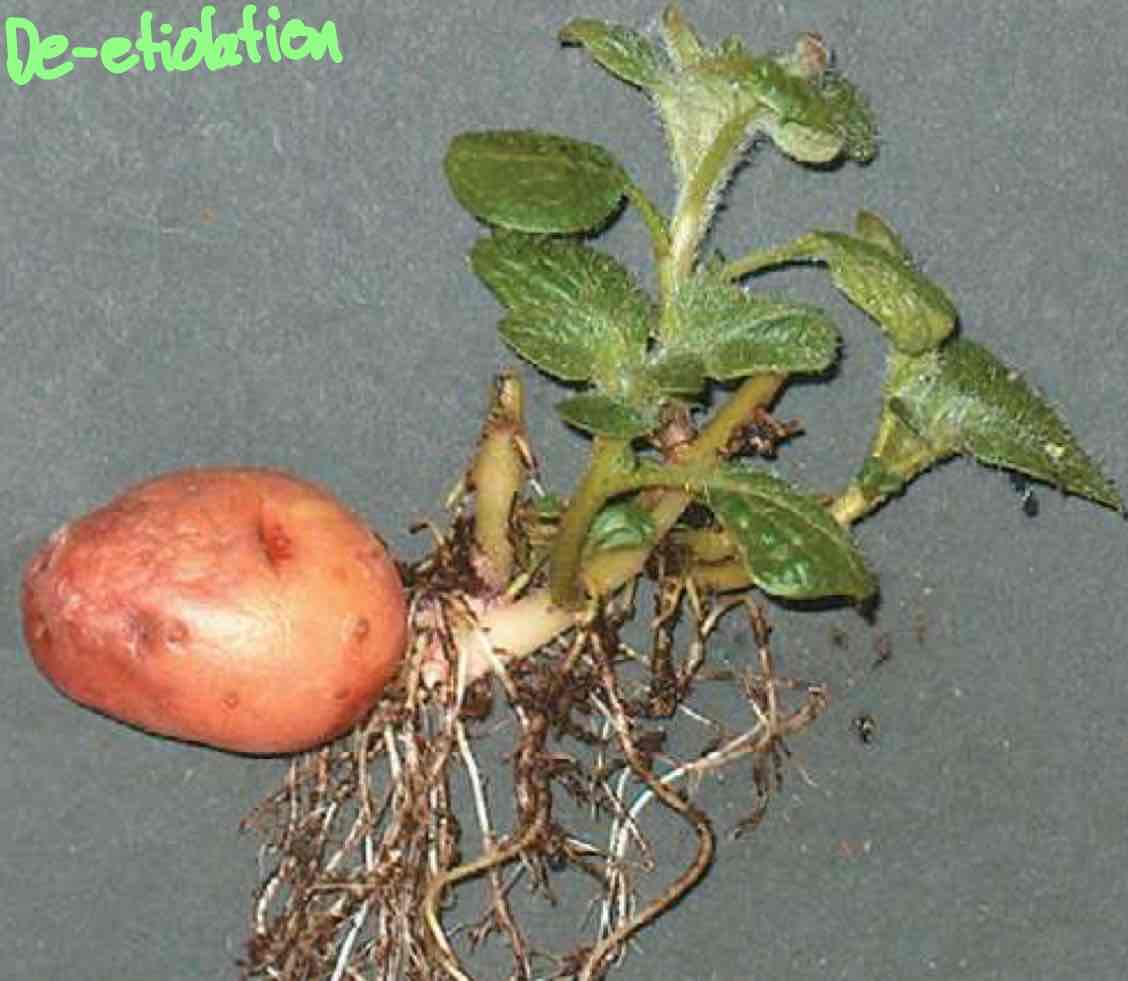
In regards to the steps to signalling, how does the greening of etiolated plants work?
Receptor is a light receptor, called a phytochrome.
Signal transduction pathway includes (1) a molecule called cGMP, featuring a couple of kinases thereafter, (2) calcium, featuring a couple of kinases too, and (3) transcription factors in the nucleus.
The response is energy allocation to greening.
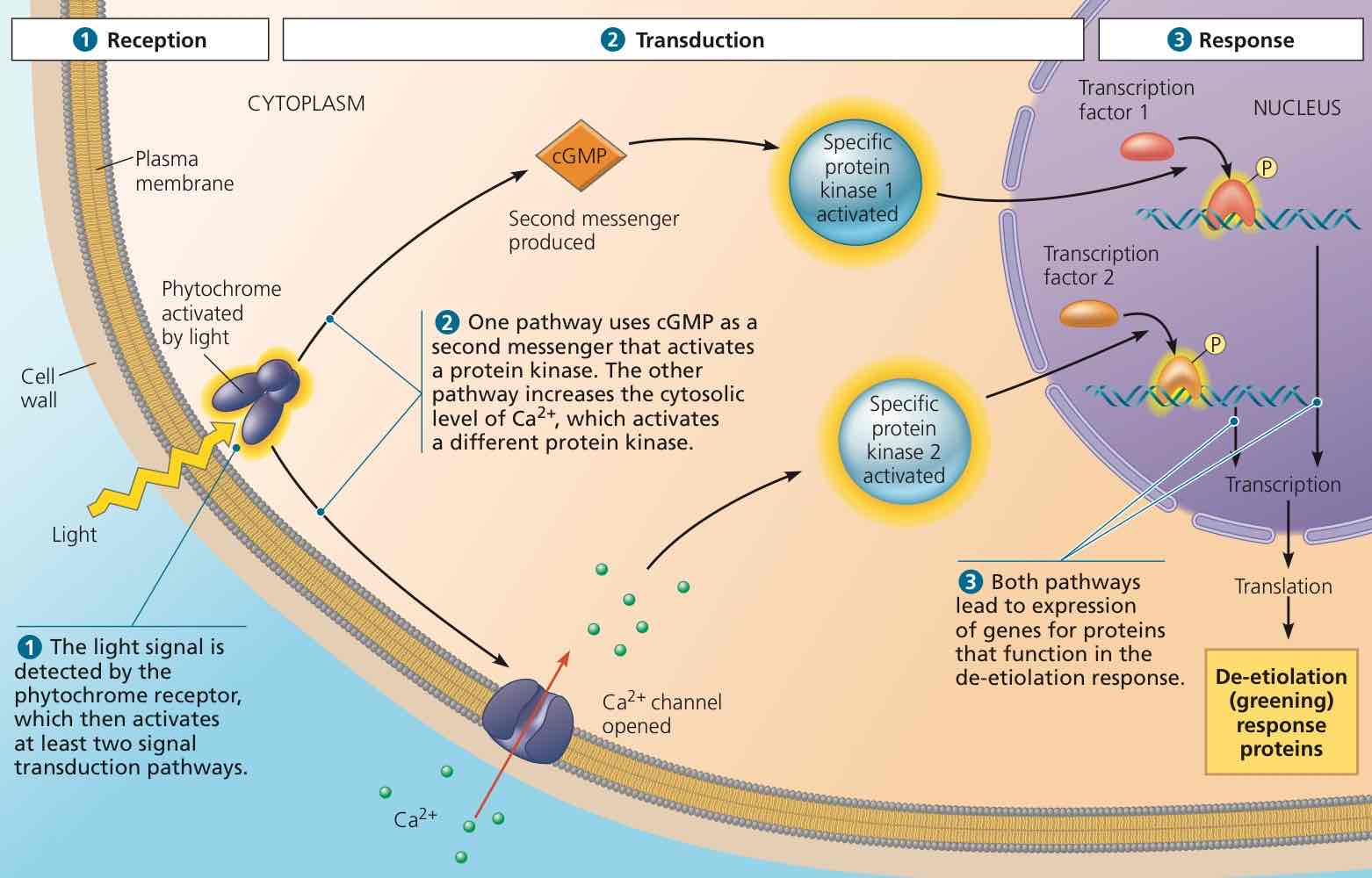
What are the two types of mechanical stimuli? Briefly explain each.
Chronic mechanical stimuli, wherein the response takes place for a long time due to wind and obstacles.
Acute mechanical stimuli, wherein the response takes place for a short time based on action potentials and occuring on motor organs, specialized organs that can move.
